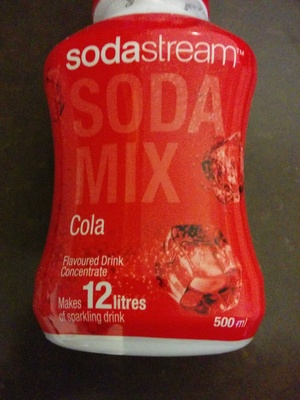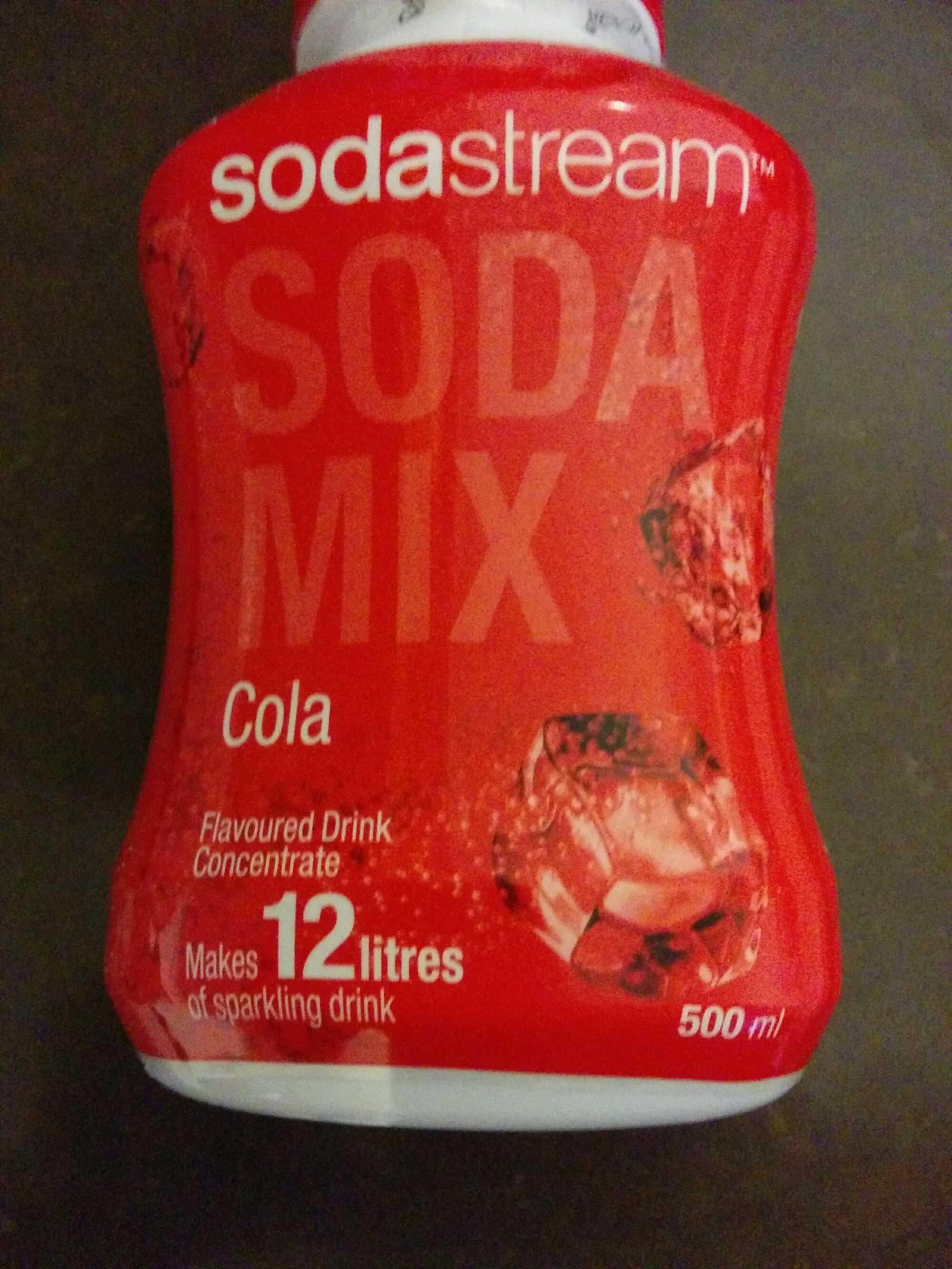Cola Soda Mix - SodaStream - 500ml
This product page is not complete. You can help to complete it by editing it and adding more data from the photos we have, or by taking more photos using the app for Android or iPhone/iPad. Thank you!
×
Barcode: 7290001501504 (EAN / EAN-13)
Quantity: 500ml
Brands: SodaStream
Categories: Beverages, Carbonated drinks, Syrups, Artificially sweetened beverages, Sodas, Colas, Sweetened beverages, fr:Boissons concentrées
Countries where sold: Australia
Matching with your preferences
Health
Ingredients
Food processing
Additives
Ingredients analysis
The analysis is based solely on the ingredients listed and does not take into account processing methods.
Nutrition
Serving size:
250ml
Environment
Packaging
Transportation
Report a problem
Data sources
Product added on by maxious
Last edit of product page on by packbot.
Product page also edited by roboto-app, teolemon.
If the data is incomplete or incorrect, you can complete or correct it by editing this page.







